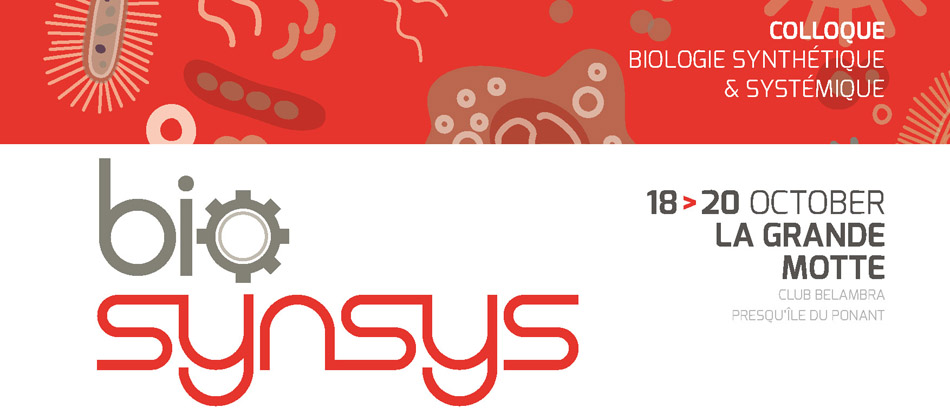Lippia dulcis, a plant from Mexico, naturally produces hernandulcin whose sweetness potency is 1000 times higher than sucrose. However, its commercial use is impeded by a low production in planta and its chemical synthesis remains difficult. Hernandulcin also suffers from low solubility and from a bitter taste. One possibility would be to target the production of new molecules close to hernandulcin. Yeast metabolic engineering can be used to produce henrandulcin and/or derivatives, potentially generating new molecules.
Bisabolol, the precursor of hernandulcin, is produced by bisabolol synthase (BS) starting from farnesyl pyrophosphate. The gene encoding BS from Lippia dulcis has been identified and produced in yeast. However, the enzymatic step converting bisabolol to hernandulcin is unknown, although the mechanism (oxydation) resembless those of cytochrome P450 reactions. Using a bisabolol producing yeast we identified human and plant cytochromes P450 that can recognize bisabolol as a substrate and lead to the production of new molecules. Promiscuous enzymes, recognizing derivatives of farnesyl pyrophosphate were also identified. In vitro enzymatic assays validated their activities. The chemical structures of the new compounds as well as their sweetness potency is now under investigation.

 PDF version
PDF version
